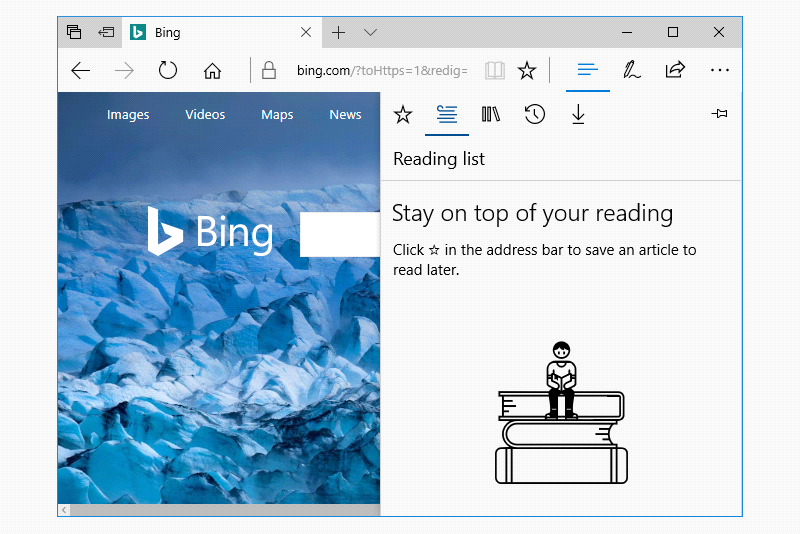Microsoft Developing Mobile Apps 70-357 Exam Practice Test
You are developing a Universal Windows Platform (UWP) a pp.
The app must be available on Windows Phone, Windows tablet devices, and Xbox.
When the app is running on a device, you need to determine which members of a specific class you can use.
Which of the following methods should you use?
Answer : D
The AppExtensionCatalog class represents a device. This class allows access to well-known device properties as well as additional properties specified during device enumeration.
A Successful completion of FindAllAsync results in a DeviceInformationCollection containing DeviceInformation objects.
Note: This question is part of a series of questions that present the same scenario. Each
question in the series contains n unique solution. Determine whether the solution meets the stated goals.
You need to implement the appropriate XAML layout for the Timeline app.
Solution: You create an instance of a SplitView control.
Does this meet the goal?
Answer : B
A split view control has an expandable/collapsible pane and a content area.
Here is an example of the Microsoft Edge app using SplitView to show its Hub.

Note: This question is part of a series of questions that present the same scenario. Each
question in the series contains n unique solution. Determine whether the solution meets the stated goals.
You need to implement the appropriate XAML layout (or the Timeline app.
Solution: You create an instance of a RelativePanel class.
Does this meet the goal?
Answer : A
Note: This question it part of a series of questions that present the same scenario. Each question in the series contains a unique solution. Determine whether the solution meets the stated goals.
You are developing a Universal Windows Platform (UWP) app.
Your app stores files on a user's device.
You need to be able to replace the existing files with new files generated by the user.
Solution you run the StoragaFile.GetParentAsync method to get a reference to the existing file. Then, you run the StorageFile.CreateStreamedFileAsyne method to create the- new file at that same location.
Does this meet the goal?
Answer : A
The GetParentAsync() method gets the parent folder of the current file.
The CreateStreamedFileAsync method can be used to create a StorageFile that can be passed to other methods or passed to another app through app contracts.
You need to design the navigation tor the timeline.
What navigation should you use?
Answer : A
From scenario:
Here we can use a hierarchy with each parent node having only one single child node.
Hierarchical structures are good for organizing complex content that spans lots of pages or when pages should be viewed in a particular order. The downside is that hierarchical pages introduce some navigation overhead: the deeper the structure, the more clicks it takes for users to get from page to page.
We recommend a hiearchical structure when:
You expect the user to traverse the pages in a specific order. Arrange the hierarchy to enforce that order.
There is a clear parent-child relationship between one of the pages and the other pages in the group.
There are more than 7 pages in the group.
When there are more than 7 pages in the group, it might be difficult for users to understand how the pages are unique or to understand their current location within the group. If you don't think that's an issue for your app, go ahead and make the pages peers
You are developing a Universal Windows Platform (UWP) app that uses XAML and C#. The app must use the Model-View-ViewModel (MVVM) pattern.
The user interface (UI) triggers an event.
You need to bind the event to a view model method.
What should you do?
Answer : B
Commands are an implementation of the ICommand interface that is part of the .NET Framework. This interface is used a lot in MVVM applications.
You must create a control that meets the following requirements:
* allows you to extend the behavior of a combo box allows the arrow image is located at the right edge of a standard control to be replaced with a new image
* has a property that sets and returns the image
*has a visual interface of the control that is defined by using XAML
*defines the properties for the control in code
You need to create the control.
Which object should you use?
Answer : A
ContentDialog represents a dialog box that can be customized to contain checkboxes, hyperlinks, buttons and any other XAML content.